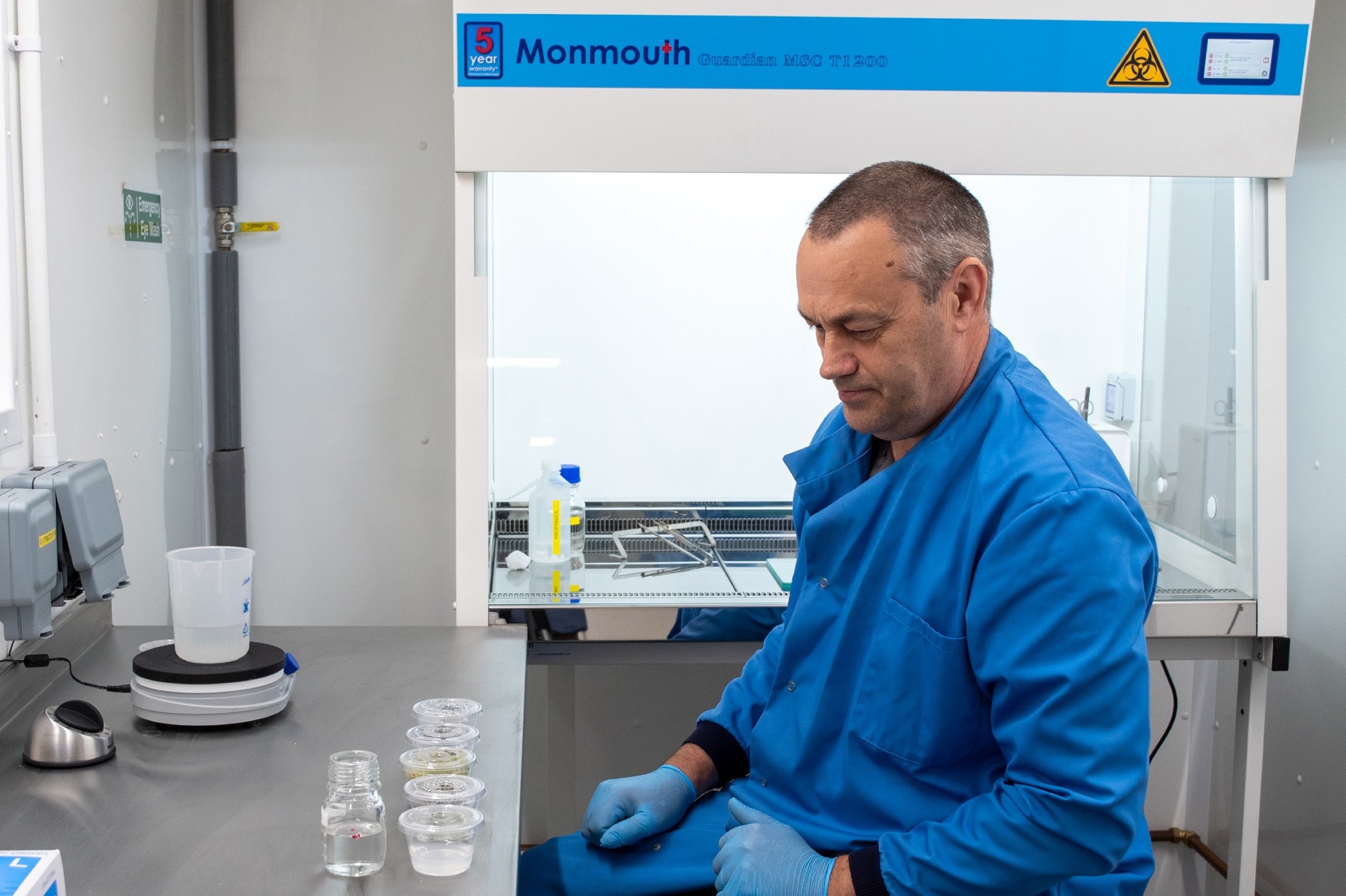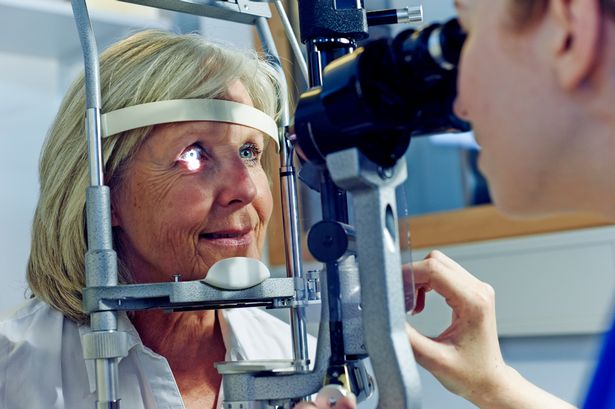A recent study suggests that a combined analysis of three blood tests may significantly improve the prediction of heart attack risk. The biomarkers under investigation are lipoprotein(a) (Lp(a)), remnant cholesterol, and high-sensitivity C-reactive protein (hsCRP). This research is set to be presented at the American Heart Association’s Scientific Sessions 2025, taking place from November 7 to 10 in New Orleans.
The study indicates that adults with elevated levels of all three biomarkers face nearly three times the risk of experiencing a heart attack compared to those with normal levels. Each of these blood tests measures different pathways that can contribute to cardiovascular disease. For instance, Lp(a) is a genetically influenced type of cholesterol that can lead to artery plaque buildup. Remnant cholesterol refers to harmful fat particles often overlooked in standard cholesterol tests, while hsCRP measures inflammation in the body, which can indicate potential arterial damage.
Lead researcher, Richard Kazibwe, M.D., M.S., an assistant professor of internal medicine at Wake Forest University School of Medicine in Winston-Salem, North Carolina, emphasized the collective importance of these biomarkers. “These biomarkers work together like pieces of a puzzle. One piece cannot show the full picture, yet when combined, we can see a much clearer and more complete depiction of heart attack risks,” he noted.
Methodology and Findings
Researchers analyzed health data from the UK Biobank, which includes over 300,000 participants who were free of heart disease at enrollment. They tracked heart attack rates over a median follow-up period of 15 years. The analysis revealed a clear pattern: individuals with all three biomarkers in the highest ranges had nearly three times the heart attack risk. Those with two elevated results experienced more than double the risk, while individuals with one elevated biomarker had about a 45% increased risk.
Kazibwe stated, “A clear pattern confirmed that these biomarkers are related and together they reveal a three-fold increase in heart attack risk. Evaluating the combined results of all three blood tests may help healthcare professionals act more quickly and provide tailored care for people with the highest risk.”
Despite not being part of routine screening guidelines, Kazibwe noted that this combination approach could be more accessible than initially thought. Tests for Lp(a) and hsCRP are commonly available, and healthcare professionals can calculate remnant cholesterol from routine cholesterol panels.
Kazibwe added, “Even if traditional risk factors like cholesterol and blood pressure are under control, these simple blood tests can identify hidden inflammation, genetic risk, and cholesterol abnormalities. The results could help healthcare professionals detect heart disease risk earlier and guide preventive measures.”
Implications for Clinical Practice
The 2025 AHA/ACC High Blood Pressure Guideline encourages healthcare professionals to use the Predicting Risk of cardiovascular disease EVENTs (PREVENT™) equation to evaluate cardiovascular disease risk. Developed by the American Heart Association in 2023, this calculator incorporates cardiovascular, kidney, and metabolic health factors, allowing for more precise treatment decisions tailored to individual patients.
Pamela Morris, M.D., FAHA, an AHA volunteer expert, highlighted the importance of these findings. “Advances in the accuracy and precision of risk for atherosclerotic cardiovascular disease mean that clinicians can now more precisely identify individuals who are likely to benefit from preventive therapies,” she stated.
Kazibwe acknowledged concerns about the cost and insurance coverage of additional tests. However, he believes that ongoing research and emerging treatments will make these tests increasingly relevant. “The three biomarker tests represent part of a larger toolkit for assessing heart attack risks that also include genetic risk scores and coronary artery calcium scans,” he explained.
The study included health data from 306,183 adults with an average age of 56.4 years, of which approximately 55% were women. Throughout the follow-up period, 10,824 participants, or 3.5%, experienced a heart attack.
While this observational study indicates significant patterns, Kazibwe cautioned that further research is necessary to determine whether using these tests can improve patient outcomes. Additionally, the research population was predominantly white, necessitating further studies to establish the applicability of these findings across diverse populations.
In conclusion, the combined analysis of these blood tests represents a promising advance in predicting heart attack risk, potentially guiding preventive strategies and improving patient outcomes in cardiovascular care.







